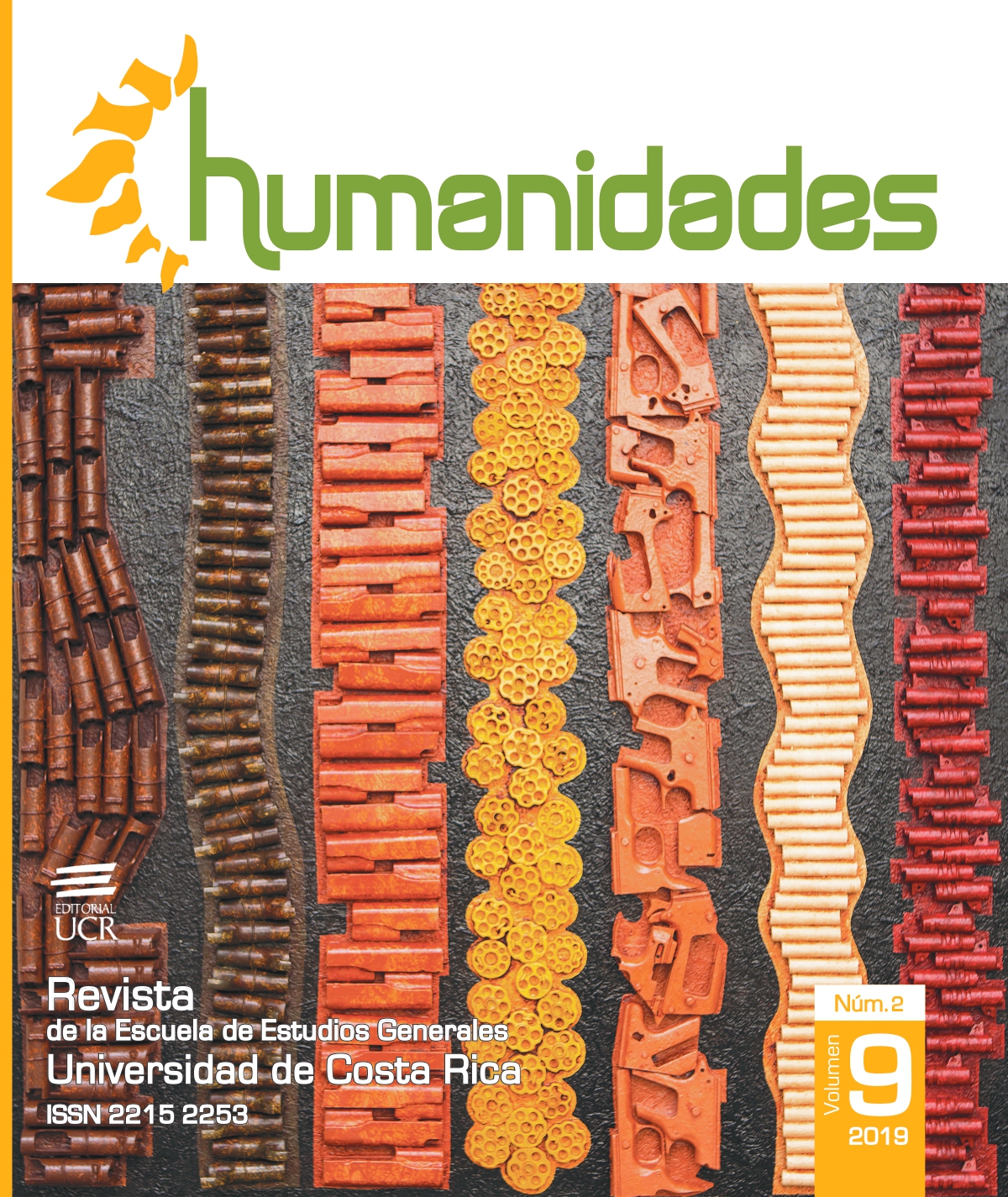Abstract
In this article we seek to clarify the spatiality of the underworld from the descriptions shown during the katabasis performed by Aeneas. Following the same line, the journey through the underworld is analyzed starting from the premise that the world of the dead pointed out by Virgilio is almost as diverse as the world of the living, because it reproduces very precisely its limits, its hierarchies and its different environments, which makes even more significant the descent, because it is a symbolic death through which the hero becomes dominant of the two worlds (living and dead), but in a didactic moralizing journey that presents a series of punishments to behaviors that were not compatible with the mores maiorum promulgated by Augustus.
References
Abascal, J. (1991). La muerte en Roma: fuentes, legislación y evidencias arqueológicas. En Arqueología de la muerte: metodología y perspectivas actuales. [Publicado previamente en: D. Vaquerizo (coord.), Arqueología de la muerte: metodología y perspectivas actuales, Fuenteobejuna 1990, Córdoba1991, 205-245].
Blázquez, J., Martínez-Pinna, J. et al. (1993). Historia de las religiones antiguas: Oriente, Grecia y Roma. Madrid, España: Cátedra.
Campbell, J. (2008). Psicoanálisis del mito heroico. D.F, México: Fondo de Cultura Económica.
Cumont. F. (1957). The Oriental Religions in Roman Paganism. New York, Estados Unidos: Dover Press.
Eliade. M. (2001). Nacimiento y renacimiento. El significado de la iniciación en la cultura humana. Barcelona, España: Kairós.
Grimal. P. (2008). Diccionario de Mitología griega y romana. Madrid, España: Paidós.
Hesíodo. (2011). Teogonía. Madrid, España: Gredos.
Minois, A. (2005). La historia de los infiernos. Madrid, España: Paidós.
Sevilla. A. (2012). Morir ante suum diem: la infancia en Roma a través de la muerte. En Niños en la Antigüedad: Estudios sobre la infancia en el Mediterráneo Antiguo. Zaragoza, España. Editorial de la Universidad de Zaragoza.
Toynbee, J. (1996). Death and burial in the roman world. London, Reino Unido: Thamer and Hudson.
Virgilio (1990). La Eneida. Introducción y traducción de Rafael Fontán Barreiro. Madrid, España: Alianza.
Virgilio (2010). Obras completas. Eneida, Geórgicas, Bucólicas y Apendix. Traducción de Aurelio Esperanza Pólit. Madrid, España: Cátedra.


